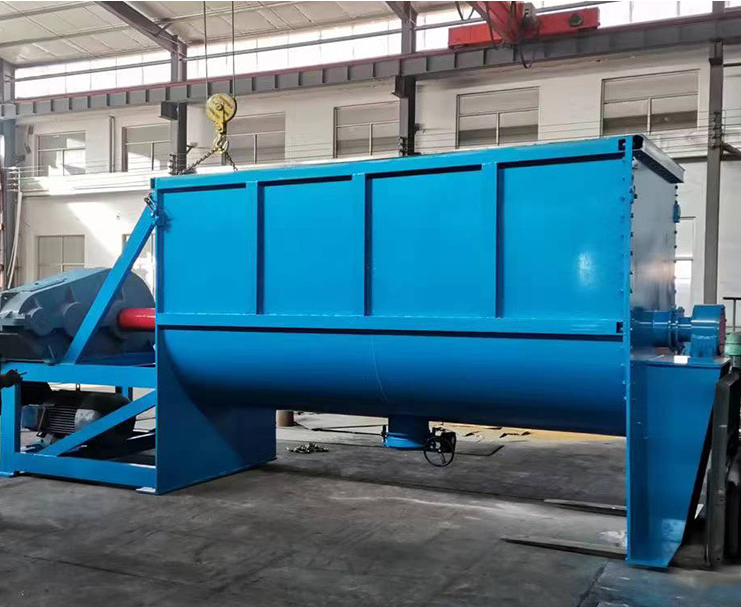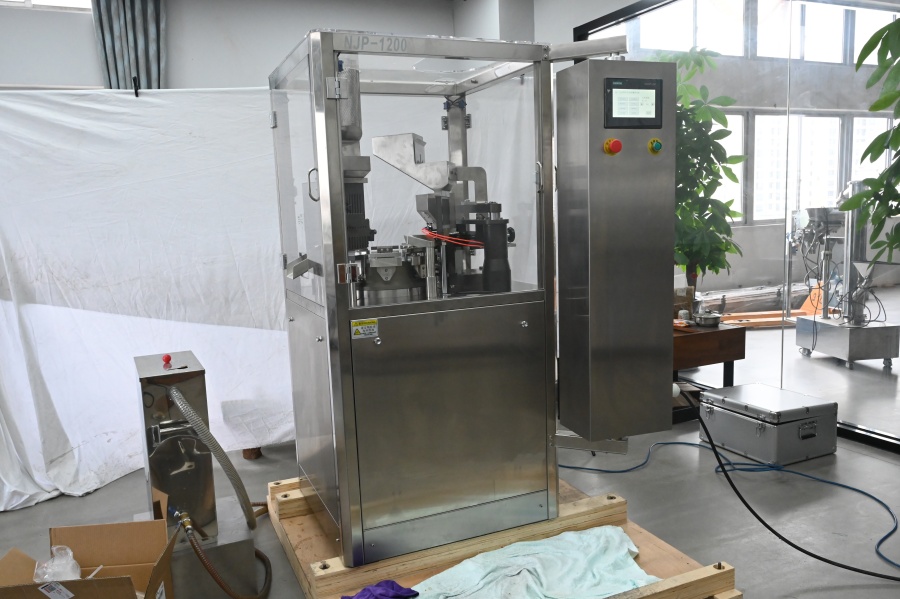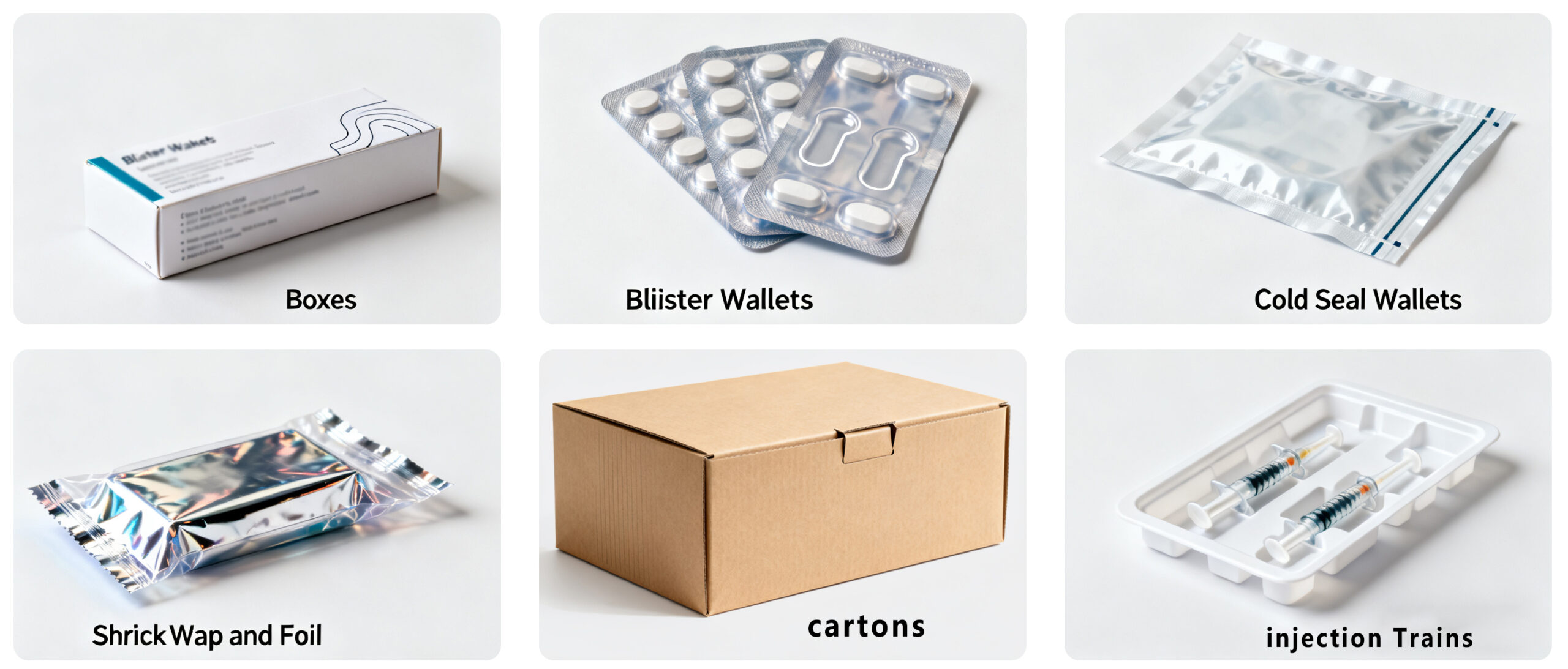Blister packaging is one of the most common ways to package medicines today. You see it everywhere – from pain relievers at the store to prescription drugs from your pharmacy. But did you know there are different types of blister packaging? Each type serves a special purpose in keeping medicines safe and effective.
What is Blister Packaging?
Blister packaging protects pills and capsules in individual pockets. Each pocket holds one dose of medicine. This design keeps drugs fresh and makes it easy to track how many pills you’ve taken. It also helps prevent contamination and accidental poisoning.
Push-Through Blister Packs
This is the most basic type of blister packaging. You push the pill through a thin foil backing to get your medicine. The plastic front is clear so you can see the pills inside. The back is usually made of aluminum foil.

Push-through packs work well for most medicines. They’re cheap to make and easy to use. However, they’re not the best choice for medicines that break easily or need extra protection from moisture.
Peel-Away Blister Packs
With peel-away packs, you don’t push the pill through foil. Instead, you peel back a layer to remove the medicine. This method is gentler on fragile pills and capsules.

These packs are perfect for soft gelatin capsules or tablets that might crack under pressure. The peel-away design also works well for larger pills that might be hard to push through foil.
Child-Resistant Blister Packs
Safety is very important when it comes to medicine packaging. Child-resistant blister packs make it harder for young children to access dangerous medicines. These packs require more force or a special technique to open.

Some child-resistant packs need you to push and turn at the same time. Others require you to squeeze certain areas while pushing. These features help prevent accidental poisoning while still allowing adults to access their medicines.
Cold-Form Blister Packs
Cold-form blisters use thicker, stronger materials than regular blister packs. They’re made from aluminum and provide excellent protection from light, moisture, and air. This makes them perfect for sensitive medicines.

These packs look different from clear plastic blisters. They’re usually silver or dark in color. You can’t see through them, but they offer the best protection for medicines that spoil easily.
Tropical Blister Packs
Hot, humid climates can damage medicines quickly. Tropical blister packs are specially designed to work in these tough conditions. They use extra barriers to keep moisture out.

These packs often have multiple layers of protection. They might combine plastic, aluminum, and special coatings to create a super-strong barrier against humidity and heat.
Unit-Dose Blister Packs
Hospitals and pharmacies often use unit-dose blister packs. Each individual dose is sealed in its own compartment with clear labeling. This reduces medication errors and makes it easy for nurses to give patients the right medicine.

Unit-dose packs often include important information like the drug name, strength, and expiration date on each individual dose. This extra safety measure helps prevent mix-ups in busy healthcare settings.
Benefits of Blister Packaging
All types of blister packaging share some common benefits. They protect medicines from contamination and make it easy to see if someone has tampered with the pills. They also help patients take the right dose at the right time.
Blister packs are also great for the environment. They use less material than bottles and are easier to recycle in many areas.
Choosing the Right Type
Different medicines need different types of blister packaging. Manufacturers consider factors like the medicine’s sensitivity to moisture, the size and shape of the pills, and who will be using the medicine.
The right packaging keeps your medicine safe and effective from the factory to your medicine cabinet. Go ahead and invest in the right type of blister packaging. Then you will be able to store your pharmaceuticals in the right way.




